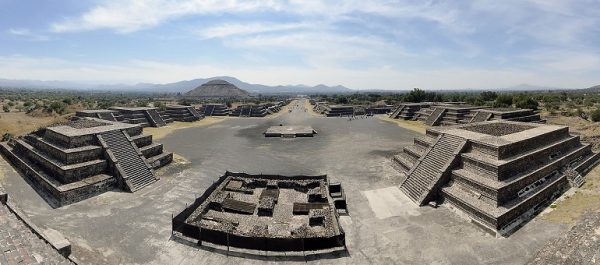New Zealand to open borders from next year!

Fully vaccinated travellers will finally be able to enter New Zealand from 30 April 2022, easing border restrictions that have been in place since March last year.
Border will first open to New Zealand citizens coming from Australia, then from the rest of the world, and finally to all other vaccinated visitors from April.
The border will open in three steps and all travelers not required to go into (MIQ) managed isolation will still require:
- a negative pre-departure test
- proof of being fully vaccinated
- a passenger declaration about travel history
- a day 0/1 test on arrival
- a requirement to self-isolate for 7 days, and
- a final negative test before entering the community.
From January 2022, fully vaccinated New Zealanders can begin travelling to New Zealand:
- Opening to fully vaccinated New Zealand citizens and other travellers eligible under our current settings from Australia — from 11:59 pm on 16 January 2022 (provided they have been in Australia or New Zealand for the past 14 days).
- Opening to fully vaccinated New Zealand citizens and other travellers eligible under our current settings from all but very high risk countries — from 11:59pm on Sunday 13 February 2022.
- Opening to fully vaccinated foreign nationals — from 30 April 2022 onwards.
Traveling soon? Get your Holafly eSIM with a 5% discount for unlimited internet access in any destination. No more worrying about roaming charges or finding local SIM cards. Enjoy unlimited data and stay connected with ease. Order your Holafly eSIM now »
Heymondo offers a wide range of travel assistance insurance policies. They combine the best quality, service and price with various levels of coverage, so you’re covered on your weekend getaways and long trips. Buy insurance »
Copyrighted 2024 by kamaviNET sp. z o.o. Please be aware that this article and whole website is copyrighted. No part of this publication may be reproduced, distributed, or transmitted in any form or by any means without the prior written permission of the publisher.















